The passing of a loved one brings with it not only emotional grief but also a host of practical responsibilities. Among them, one of the most significant yet often overlooked tasks is the estate cleanout. While the emotional weight of such a task can be overwhelming, especially in the midst of mourning, cleaning out a loved one’s estate is a necessary step for both emotional closure and practical clarity. Understanding the importance of this process can help families navigate it with more purpose and less stress.
The Emotional Importance of Closure
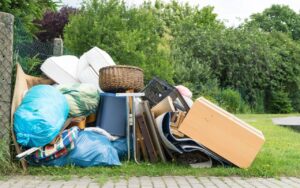 Grief manifests in many ways, and for some, sorting through a loved one’s belongings can be a healing process. Touching familiar objects, recalling memories associated with them, and sharing stories with family members can become a form of remembrance and tribute. Though painful at times, the act of handling a loved one’s possessions often provides an opportunity to reflect and accept the reality of the loss.
Grief manifests in many ways, and for some, sorting through a loved one’s belongings can be a healing process. Touching familiar objects, recalling memories associated with them, and sharing stories with family members can become a form of remembrance and tribute. Though painful at times, the act of handling a loved one’s possessions often provides an opportunity to reflect and accept the reality of the loss.
An estate cleanout allows space for rituals—whether that means passing on heirlooms, donating to charities your loved one cared about, or simply organizing keepsakes that tell the story of their life. It offers a way to honor their memory while simultaneously helping the bereaved begin to move forward.
Legal and Financial Responsibilities
Beyond emotional healing, estate cleanouts are critical for legal and financial reasons. When someone passes away, their estate—comprising their property, belongings, and financial assets—must be evaluated and settled. This process is often guided by a will or, in the absence of one, by legal statutes.
An estate cleanout helps identify valuable documents such as wills, insurance papers, deeds, bank records, and other financial statements. These documents are essential for processing claims, paying outstanding debts, and eventually distributing assets to beneficiaries. A thorough cleanout also helps in cataloging physical property, which may need to be appraised or divided according to legal instructions.
Neglecting this step can lead to delays in probate, overlooked assets, or even legal complications. Executors of the estate have a legal obligation to ensure everything is accounted for and distributed properly, making the cleanout not just advisable, but essential.
Preventing Property Deterioration
Often, after someone passes, their home remains unoccupied for a period of time. An unattended property can quickly deteriorate—dust gathers, pipes freeze, mold grows, pests invade. Without regular maintenance, what was once a cherished home can fall into disrepair.
A timely estate cleanout allows for a proper assessment of the property’s condition and facilitates decisions about its future—whether it will be sold, rented, or kept in the family. By removing personal belongings and conducting necessary cleaning, families can better preserve the home’s value and ensure it remains safe and habitable.
Furthermore, personal belongings left in a home for too long can be damaged by environmental factors or become targets for theft. Acting promptly protects not only sentimental items but also valuable assets.
Reducing the Burden on Family Members
 Grieving families already face a multitude of emotional and logistical challenges. Delaying the cleanout of an estate can add to the burden. Items may begin to pile up mentally and physically, becoming a source of stress rather than comfort. The longer the task is postponed, the more overwhelming it can feel.
Grieving families already face a multitude of emotional and logistical challenges. Delaying the cleanout of an estate can add to the burden. Items may begin to pile up mentally and physically, becoming a source of stress rather than comfort. The longer the task is postponed, the more overwhelming it can feel.
By initiating the cleanout process earlier, families can divide responsibilities, set manageable goals, and work together to complete the task. Some may choose to enlist professional help for particularly large or complicated estates. This can greatly ease the pressure, ensuring that sentimental decisions are made thoughtfully rather than in haste or frustration.
Additionally, cleaning out an estate can help reduce family conflict. With clear communication and fairness, the division of belongings can be handled respectfully, honoring the wishes of the deceased and maintaining familial harmony.
Making Space for New Beginnings
As difficult as it may be, parting with a loved one’s possessions is often necessary to make room for new beginnings. Holding onto too many items can trap people in a cycle of grief, preventing them from finding peace. An estate cleanout, when done mindfully, allows space for reflection without letting material possessions weigh down the healing process.
Donating items to meaningful causes, passing down treasured heirlooms to the next generation, or simply decluttering can all serve as powerful gestures of love and legacy. Letting go doesn’t mean forgetting—it means choosing to remember more clearly, without being surrounded by physical reminders that may trigger sadness more than joy.
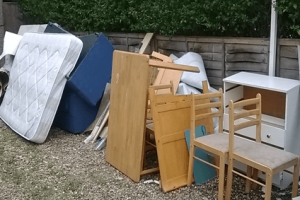 The first step in furniture removal is understanding what needs to go. It’s common to accumulate pieces over the years that no longer serve a purpose or suit your style. Start by walking through your home and identifying items that are broken, rarely used, or visually out of place. Beds, sofas, cabinets, chairs, and desks often top the list.
The first step in furniture removal is understanding what needs to go. It’s common to accumulate pieces over the years that no longer serve a purpose or suit your style. Start by walking through your home and identifying items that are broken, rarely used, or visually out of place. Beds, sofas, cabinets, chairs, and desks often top the list.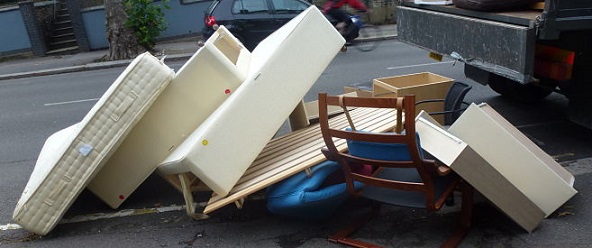
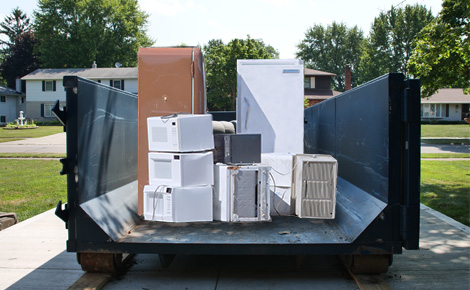
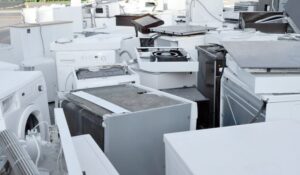 Modern appliances, especially smart office devices, can contain sensitive business data. Printers, copiers, computers, and even some HVAC systems may store information about operations, finances, or customers. Before disposing of any such equipment, businesses must ensure that all data is properly wiped or destroyed to avoid data breaches and protect confidential information.
Modern appliances, especially smart office devices, can contain sensitive business data. Printers, copiers, computers, and even some HVAC systems may store information about operations, finances, or customers. Before disposing of any such equipment, businesses must ensure that all data is properly wiped or destroyed to avoid data breaches and protect confidential information.